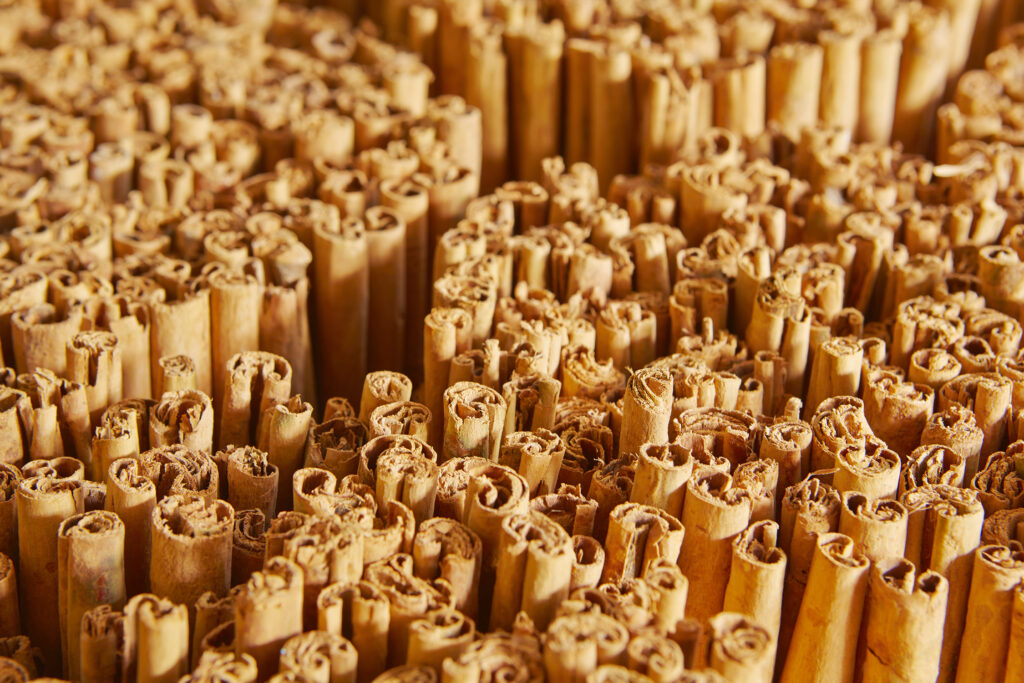Co-authored by Tom Neltner and Lisa Lefferts
What Happened?
As the shocking applesauce pouch recall unfolded in recent months, FDA compared the astoundingly high levels of lead1 found in the cinnamon used to make the products to the 2,500 parts per billion (ppb) maximum limit being considered by Codex Alimentarius Commission (Codex), the international standard-setting body for foods and food ingredients. As a result, media outlets such as CNN and Consumer Reports referenced FDA’s comparison.

FDA pointed to Codex because it has not set its own limits for cinnamon—or for any food or food ingredients other than bottled water, children’s candy, fruit juices, and food intended for babies and young children. The latter two were only proposed in the past two years and have not been finalized.
The Codex standard says that a contaminant’s “maximum limits should be set as low as reasonably achievable [ALARA] and at levels necessary to protect the consumer.” For lead contamination, the Codex Committee on Contaminants in Food interprets that standard to generally mean that no more than 5% of an ingredient on the global market should fail to meet the limit and, therefore, be rejected. It takes this approach even though the Commission’s scientific advisory body2 concluded in 2011 that it was “not possible” to establish a level of lead intake that would protect health.3 It is now well established by FDA and others that there is no safe level of exposure to lead.
To put Codex’s proposed 2,500 ppb limit for cinnamon in context, FDA’s benchmark4 for potential health concern is 2.2 micrograms of lead per day (µg/day) for children. To stay below this benchmark, children could eat no more than one-third of a teaspoon of cinnamon containing lead at Codex’s proposed limit,5 assuming there is no other lead in their diet. This assumption ignores the reality that more than 7 million young children already exceed FDA’s benchmark. Similarly, the agency’s benchmark for women of childbearing age is 8.8 µg/day, a little more than a teaspoon of cinnamon.
Why it Matters
Codex’s standards have a global impact because they are referenced in a World Trade Organization agreement.6 Therefore, although Codex standards are voluntary, food and food ingredients traded between countries are expected to comply with Codex standards.
Countries may set more protective limits, although they may be required to provide scientific justification for why they are stricter than Codex. For example, FDA has proposed more protective limits for baby food and fruit juices than Codex has.7
Our Take
By setting limits for lead contamination based on rejecting no more than 5% of a commodity, the Commission is essentially excluding outliers from the global marketplace. That is a valuable service but one that must not be confused as sufficient to protect children from harm.
The Commission’s approach does not appear to consider whether the products on which it set the limit were grown, harvested, and processed consistent with its Code of Practice for Prevention and Reduction of Lead Contamination in Foods, despite a provision in the Codex standard that limits should be as low as reasonably achievable through good agricultural practices and good manufacturing practices.
In addition, Codex’s eight-step procedure is so arduous that it is unlikely to revisit a limit more than once a decade for an ingredient. Rather than driving the adoption of best practices that can bring lead contamination closer to zero, it locks in limits, effectively allowing industry to ignore improvements to good agricultural practices and good manufacturing practices.
Next Steps
Considering the weaknesses with Codex standards, Unleaded Kids will continue to press FDA to set tighter limits than Codex as part of its Closer to Zero Initiative. However, given concerns that tighter US standards could simply result in rejected foods being sold in other countries, we will continue to press Codex for more protective standards in the spirit of public health, equity, and environmental justice.
- 5,100,000 ppb! ↩︎
- The Joint FAO/WHO Expert Committee on Food Additives (JECFA) is jointly administered by two agencies of the United Nations, the Food and Agriculture Organization, and the World Health Organization. ↩︎
- In its 2011 report, JECFA said the “[c]ommittee estimated that the previously established [Provisional Tolerable Weekly Intake] of 25 g/kg bw is associated with a decrease of at least 3 IQ points in children and an increase in systolic blood pressure of approximately 3 mmHg (0.4 kPa) in adults. These changes are important when viewed as a shift in the distribution of IQ or blood pressure within a population…The Committee therefore concluded that the [Provisional Tolerable Weekly Intake] could no longer be considered health protective, and it was withdrawn.” ↩︎
- FDA says “[a]n interim reference level (IRL) is a benchmark the FDA may use to determine if the amount of exposure to the contaminant in food is a potential health concern.” ↩︎
- According to USDA, 1 teaspoon of cinnamon is 2.6 grams. ↩︎
- WTO Agreement on Sanitary and Phytosanitary Measures (SPS Agreement). ↩︎
- Codex’s limit for lead in ready-to-eat baby food is 20 ppb. In contrast, FDA has proposed 10 ppb for most baby foods with 20 ppb for dry infant cereals and root vegetables (as a single ingredient). Similarly, Codex’s limit for juice is 40 ppb for grape juice, 50 ppb for fruit juices obtained exclusively from berries and small fruit other than grapes, and 30 ppb for other fruit juices. FDA has proposed 10 ppb for apple juice and 20 ppb for other fruit juices. ↩︎

